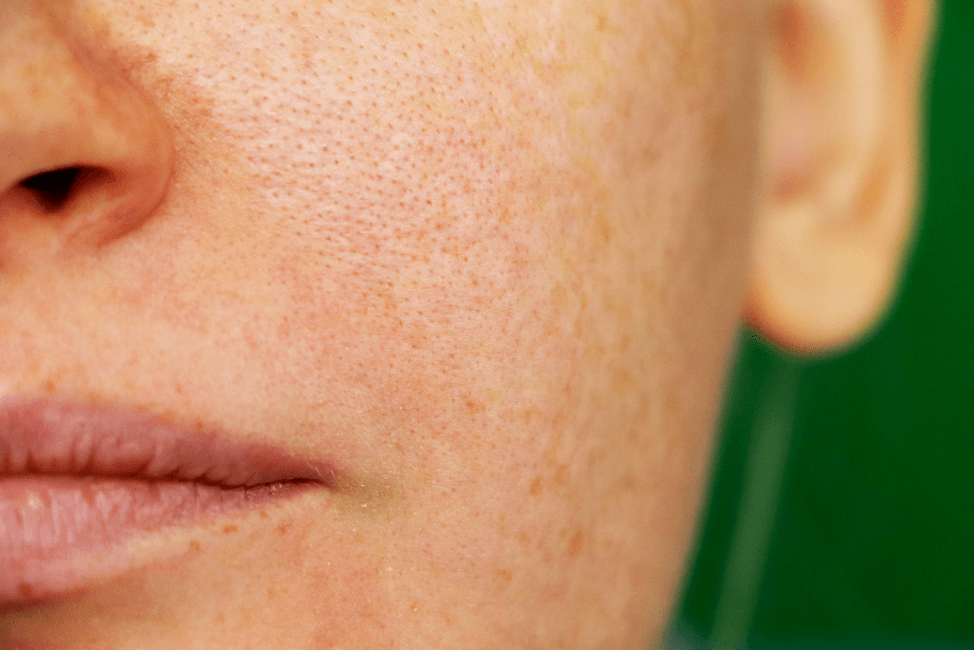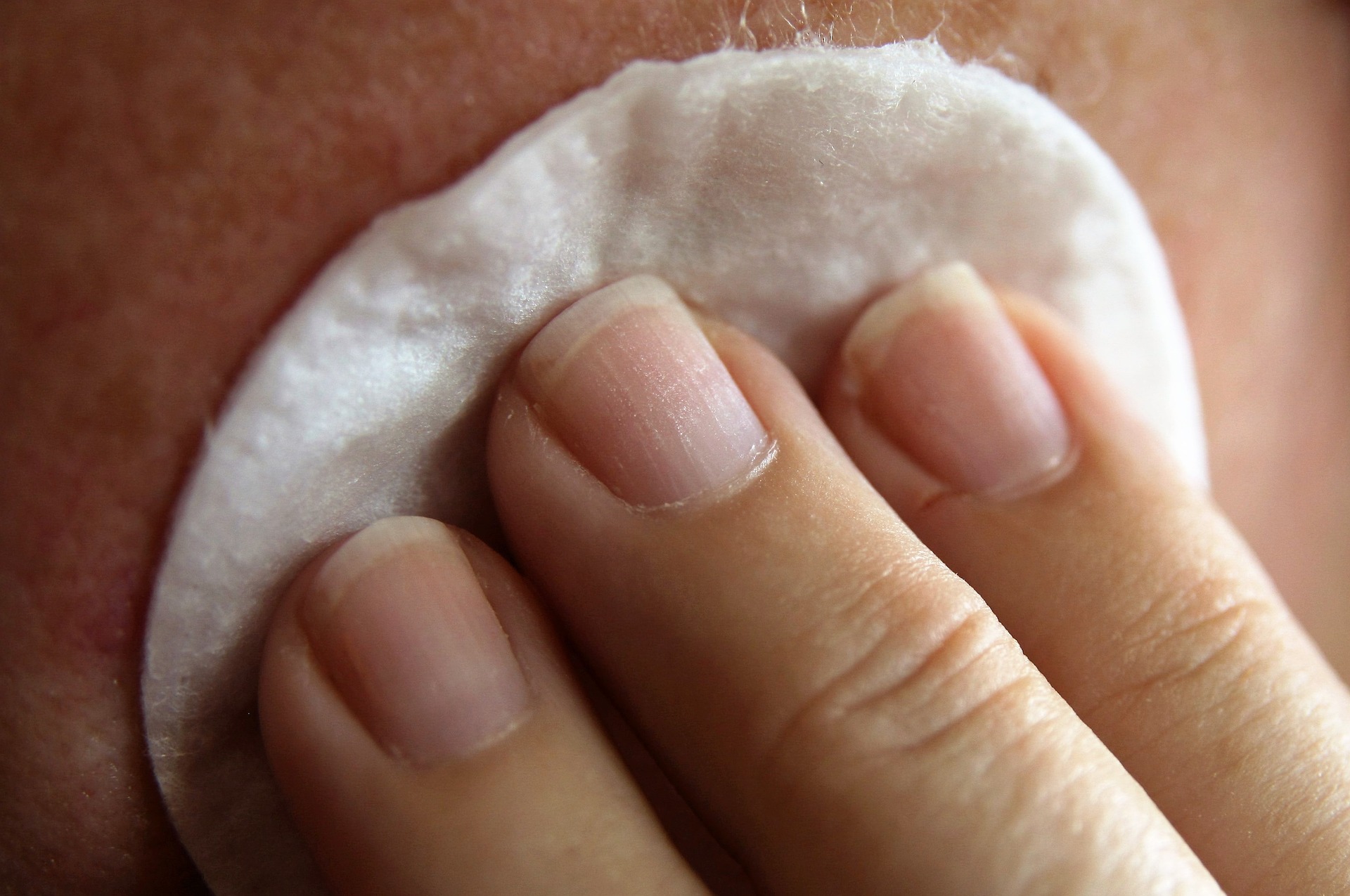As young girls reach puberty, they will experience what may seem like an endless amount of body changes. Among those changes is one often dreaded skin development: Cellulite. Cellulite is a term often thrown around by adolescent girls and adult women when talking about the puckered skin on their thighs or their flabbier arms. About 90 percent of women will experience cellulite at one point in their life, but despite its prevalence, there is still an awful lot of misconceptions about what cellulite is and what’s causing it. Today, I am going to debunk some of these myths for you.
Cellulite is medically referred to as gynoid lipodystrophy. It is a condition that occurs when there is a change in fat distribution that alters the structure of fat cells and connective tissue. In women, fat cells and connective tissue are arranged vertically in the second layer of skin; the dermis. As fat cells grow, they tend to protrude through the connective tissue layer and create the appearance of cellulite.
Cellulite’s exact cause is hard to pinpoint as it is often the result of a variety of different interacting factors. Changes in cell structure can be significantly affected by hormonal imbalances. Adult women experiencing menopause may be more prone to cellulite due to a reduction of estrogen. High levels of carbohydrates, frequent sitting, and a generally inactive lifestyle can also change circulatory patterns and encourage the growth of fat cells that can subsequently increase cellulite.
If you have cellulite, don’t be too concerned. Some women may attempt to reduce the appearance of cellulite by using coffee scrubs or wraps, naturally moisturizing, or better regulating their hormones. However, in terms of your health, cellulite generally does not pose a threat.







